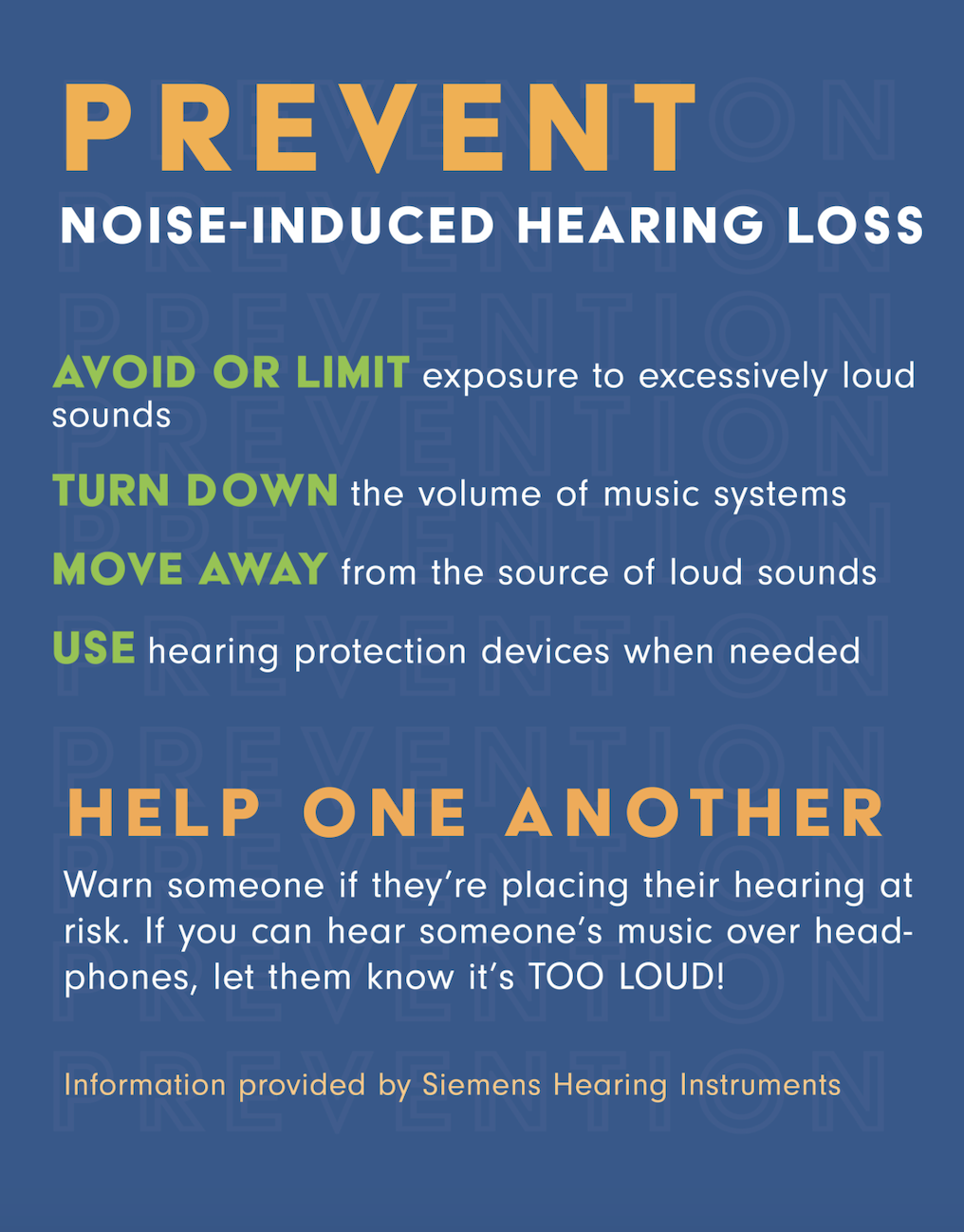
By Ashley DeLeon
Executive Editor
If there’s anything we can learn from E.B. White’s Charlotte’s Web, it’s that spiders are capable of teaching humans valuable lessons. Neuroscience research with the eight-legged creatures at St. Michael’s College now shows that the high volume sound that pumps through many earbuds is causing irreparable damage to hearing in young people.
Through complex experiments with Central American Hunting Spiders, biologist Ruth Fabian-Fine, associate professor of biology and neuroscience, has researched sensory mechanisms in spiders that are strikingly similar to hearing in humans.
Fabian-Fine describes hearing as “one of the least understood sensory modalities that we have.” Therefore, she devised a model system to further explore hearing, and discovered that spiders are similar to mammals.
The hairy legs of spiders are attached to sensory neurons. These sensory neurons are chemosensory, meaning that spiders can smell chemicals with them, she said. For example, pheromones, scents emitted by some animals that trigger a response in members of the same species, are tactile (mechanosensory). If you touch or place pressure on a tactile area of a spider, you are coming in contact with these hairs. What we don’t see are tiny slits in their cuticles hidden inside an exoskeleton (the outer hard part of the spider). “These slit-sense organs are the equivalent to ears in humans. With slit-sense organs, spiders can detect vibration and ‘hear,’’ Fabian-Fine said, explaining that they “hear” the same auditory waves we hear. Through the study of sensory neurons and slit-sense organs, Fabian-Fine offers a new way to study hearing, showing the long-term implications of overstimulation.
You’re driving home one evening from a long day at work, listening to your favorite radio station while a steady breeze brushes upon your face from the open windows. The next morning, you turn on your car radio. You are startled by its volume. “Why does my car always do that?” you question. Fabian-Fine explained that this is not the fault of your vehicle, but rather, changes to your ear’s sensitivity. The sensitivity in your sensory neurons were down-regulated by the central neurons the evening before, as a way of protecting your ear from this loud stimulus. “You’ve had this same experience with vision, and when you suddenly turn on a bright light at night, it hurts your eyes. This is not the case when you’ve adapted to it, because the sensitivity of your photoreceptor cells is down regulated,” she said.
Fabian-Fine then explained how these signals are transmitted from the organ to the brain.
“When you sit in a restaurant, and you talk to the person sitting across from you, which can be done easily, you can hear the conversations of people from neighboring tables. We’ve all done that, right? We had a conversation and sensed something in our environment. We then focus our hearing on what’s going on outside of the conversation,” she said. The reason we can do this, she said, is because the neurons in our brain can signal our ears, and say, “down-regulate the sensitivity of this part of the ear, and up-regulate the frequencies of this other conversation that I want to listen to.”
Risks of hearing loss in youth
According to the American Academy of Audiology, “The average, otherwise healthy person will have essentially normal hearing at least up to age 60,” assuming that one’s unprotected ears are not exposed to high noise levels above 85 decibels. With headphone use prevalent among youth, risks for compromised hearing at an earlier age greatly increase.
“An estimated 12.5% of children and adolescents aged 6–19 years (approximately 5.2 million) and 17% of adults aged 20–69 years (approximately 26 million) have suffered permanent damage to their hearing from excessive exposure to noise” according to the Centers for Disease Control (CDC). This hearing loss is a consequence of damaged structures and/or nerve fibers located in the inner ear that respond to sound. This specific form of hearing loss is known as noise-induced hearing loss, and is a result of excessive exposure to loud sounds. This is often irreversible, and cannot be corrected medically or surgically. This form of hearing loss can occur from exposure to a dangerously loud sound or blast, or listening to loud sounds over an extended period of time.
A study conducted by Siemens Hearing Instruments (SHI) notes that teen hearing loss may be on the rise, with 1 in 6 teens having hearing loss symptoms “often or all of the time,” and nearly 9 in 10 engaged in activities that place them at risk for hearing loss. SHI notes that a survey of 500 teenagers, aged between 13 and 19, found that “46% reported experiencing ringing, roaring, buzzing or pain in their ears after engaging in risky hearing practices, including listening to excessively loud music and using lawn and power tools with no hearing protection.” One in 6 teens admitted to experiencing these symptoms often or all the time.
Interestingly enough, for many teenagers, this information is not new. The study reveals that teenagers are aware of these risks, yet make a conscious decision to not protect their hearing. Almost 88% of teens in this study admitted to engaging in activities they know may lead to hearing damage, with listening to loud music being most popular. “When asked what their parents or teachers would do if they knew how loud their music was, 78% of teens confessed they would tell them to lower the volume or wear protective gear,” the study found.
“Oh no, is my music too loud?”
Music plays an integral role in the lives of many teenagers. This past decade, however, earbuds have been cause for concern among hearing care professionals. So, how do you know if the volume of your headphones is too loud?
Apple has implemented software within the Health app to measure headphone audio exposure, and provides statistical data to show if the volume is too loud.
To access this data, in the Health app, scroll to “Show All Health Data,” “Headphone Audio Levels,” and a range of audio exposure information will appear. This data will explain if the volume of your headphones is unhealthily high, average, or under the health recommendation. Additionally, it provides data surveying your exposure over the past seven days, and notifies you if you are over the limit.
On an Android, a warning will appear on your device if the volume is harmfully loud, stating that listening above the level may cause hearing damage.
This information is vital for monitoring volume limits, while encouraging mindful listening to prevent irreversible hearing damage in the future.
If we don’t protect our ears nor understand the sensory systems that impact our hearing, we may face irreversible damage, Fabian-Fine expressed. By educating ourselves and others, we can protect people from the devastating reality that millions of children, teens, and adults will face in their lifetime.

